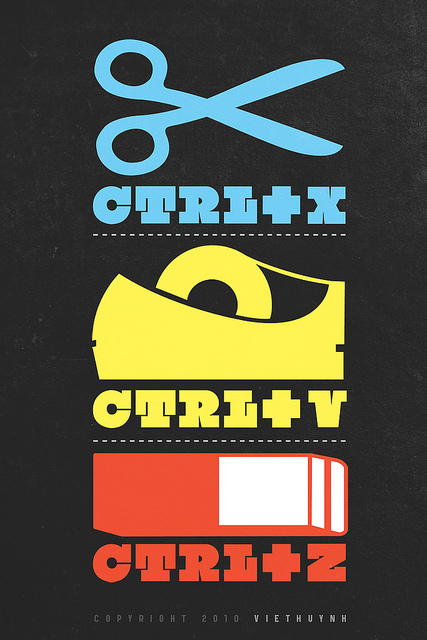Revising
Higher vs. Lower Order Concerns

After you have written a draft, sometimes you will need to make changes. In a college writing class, your instructor probably has requirements about revising your work. While you may feel that you write best “under pressure” the night before your assignment is due, writing a single draft at the last minute rarely results in your best work. You may also find that in college writing, you have to do more than simply write in correct sentences and organized paragraphs. You may feel that you’ve put a lot of effort into your first draft, and it can be challenging to think about changing your work or even eliminating words that you toiled over. But it’s well worth the pain of revising to produce a polished piece of writing that others can easily understand. Your instructor will expect that you have carefully considered the writing task, possibly done some research, and given considerable thought to your ideas and to the needs of your reader/audience. It’s unlikely that you will be able to do so without taking time in between drafts to reconsider your ideas and then revise your draft.
To revise a piece of writing, it may help you to think of three separate ways to improve your writing even if you combine those three ways or move back and forth between them. You can look at the big picture, check your organization, and also edit and proofread your final draft.
. . . . . . . . . . . . . . .
Higher Order Concerns
Revising for higher order concerns means changing and revising sections of your paper and working on the organization of your ideas.
When you revise at the “big picture” stage, you are looking at the most important aspects of the writing tasks, and the ones that require the most thought. Here’s a set of questions to help you revise for these higher order concerns:
- Have I met the purpose and requirements?
- Does my draft say what I mean?
- Have I changed my thinking through writing or researching?
- Are there parts that do not belong here? (For more help with this, see “Reverse Outlining” later in this section of the text.)
- Are there pieces missing?
- Are there places where the writing does not make sense?
- Is the tone right for my reader?
- Are my sources the right kind for my purpose and reader?
- Are all the pieces in the right place?
- Are sources documented?
Lower Order Concerns
Lower order concerns focus on editing and proofreading.
Perhaps you are the person who proofreads and edits as you write a draft, so when you are done drafting and revising for content and structure, you may not have that much editing or proofreading to do. Or maybe you are the person who pays no attention to grammar and spelling as you draft, saving all of the editing until you are finished writing. Either way, for college work (and professional work), plan to carefully edit and proofread your work. For most people, proofreading on a printed copy is more effective than working entirely on screen. Editing is the act of making changes or indicating what to change; proofreading means checking to make sure those changes were made.

